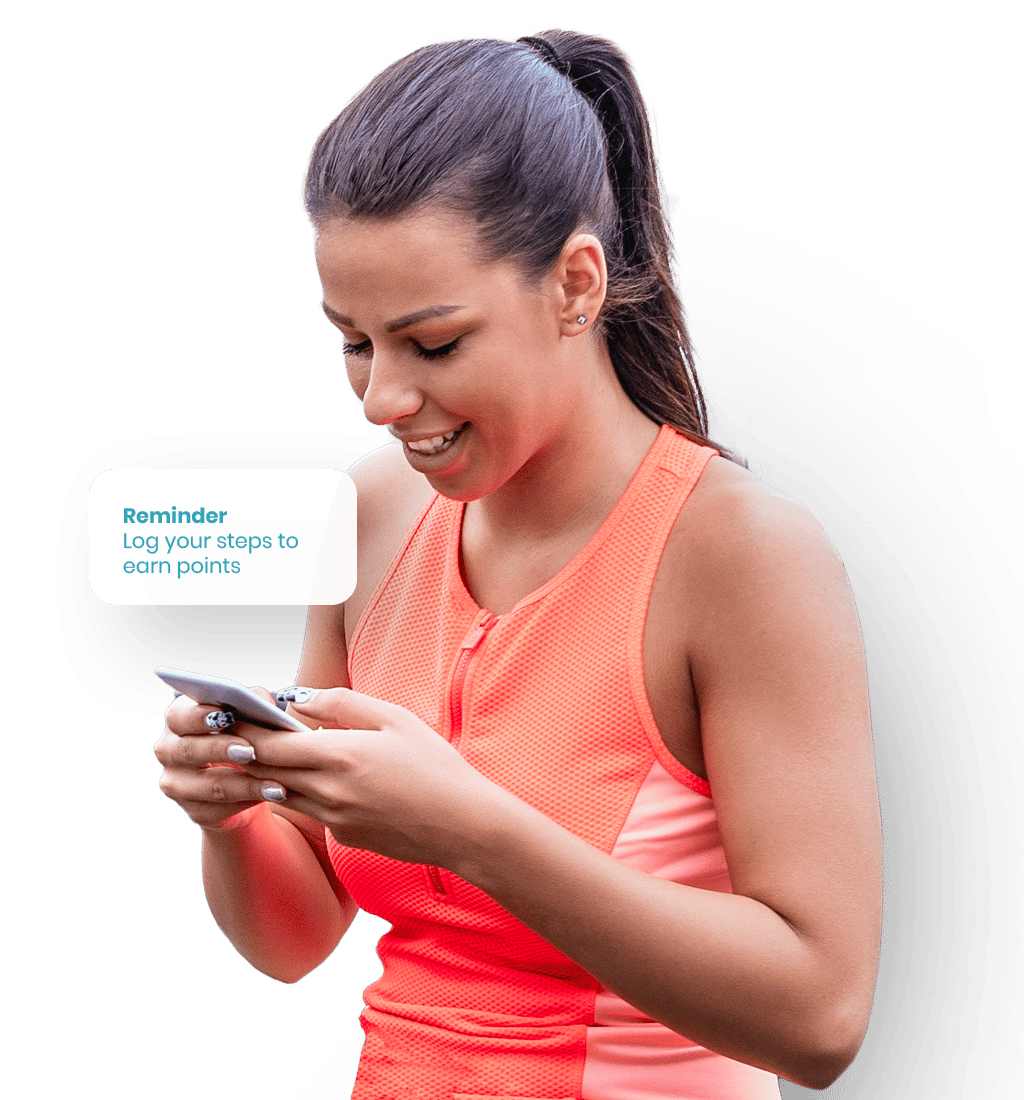The Value of Perceived and Objective Health Data in Health & Wellness Programs

By Sammy Chown, BSc, MSc,Public Health Researcher at Carebook Technologies Inc.
Health risk assessments (HRAs) vary in length and the depth and breadth of the content they cover. They typically focus on objective measures that are captured via observation, tests, or physical examination, including biometrics (such as blood pressure and weight) and physical activity tracked by wearables. Additionally, subjective measures provide unique insights that can illuminate an individual’s feelings, symptoms, and personal context. When analyzed together, objective and subjective measures of health paint a picture of whole health and well-being across multiple dimensions. Yet, as employers and H&W companies face a constant battle of avoiding lengthy assessments while retaining the most valuable data, subjective measures are unfortunately more frequently viewed as less-valuable elements of HRAs.
Perceived Health Versus Objective Health
Perceived health, or self-reported health (SRH), is a subjective assessment of general health that includes physical, mental, and social well-being. Measured using just a single question, studies have demonstrated that it is a valid way to appraise health among diverse populations. In fact, perceived health is not only associated with biomarkers (even when considering functional status and chronic disease), but it also predicts future health outcomes independently of objective measures of health, health risk factors, medical conditions, and mortality. In essence, perceived health helps shed light on disease severity and those at-risk or with underlying conditions that are not easily identified in objective assessments.
While there are occasions when subjective measures may be more appropriate than objective measures, and vice versa, both objective and perceived health are individually important and often overlap. A recent scientific article emphasized the importance of measuring both perceived and objective health to group people by risk level and to inform health decisions and resource allocation.
Looking at our Wellness Checkpoint by Carebook data, which includes subjective and objective measures, we see expected trends across perceived health responses; those who rate their health better are less likely to be in at-risk or intervention groups compared to those who rate their health poorer. However, we also saw that perceived and objective health sometimes do not overlap. Based on the Wellness Balance metric, which is a measure comprised of lifestyle and biometric risks, data show that while at least 75% of individuals perceive their health to be good to excellent, closer to 50% have multiple objectively measured health risks. Twenty-five percent of those who rated their perceived health excellent and 50% of those who rated their perceived health good or very good had multiple objectively measured health risks.
So, this raises an important question: why is there considerable discordance between objective measures of risk and more subjective measures of perceived health?
Could one reason for this discordance result from gaps in health literacy? Health literacy refers to the “skills that enable individuals to obtain, understand, appraise, and use information to make decisions and take actions that will have an impact on health status”. With a lack of health literacy, people may not know all of the areas where they can improve their health. In fact, research has shown that individuals who don’t know their disease risk likely do not have the capacity to make a risk judgment as a result of low health literacy, and in turn are less likely to engage in protective behaviours. On the contrary, higher health literacy has been correlated with higher perceived health, which we predict is temporal in that those who have higher health literacy have the information to take action, engage in positive health behaviours, and subsequently perceive their health positively.
Alternatively, could this discordance highlight an issue with access to the resources that are necessary to effect change? It may not be about what people know, but rather their capacity to act on the information they are given. People tend to perceive their health positively, but subjective evaluations of health may be done within the context of one’s unique situation. For example, if an employee is a parent or caregiver, they may lack the resources to engage in some positive health behaviours, such as physical activity, compared to someone of the same demographics who is not a parent or caregiver, and may subsequently appraise their own health with consideration of certain limitations. The notion that individuals consider their context when assessing their perceived health is not a new idea, but it may call attention to variability in resource access.
In both instances, the discordance between objective and perceived measures of health may point to health disparities. Improving health literacy and mitigating barriers to access are essential to empower individuals through their health journey. The capacity to make a positive health behaviour change means setting individuals up for success with the information and tools they need. With these assets, perceived health will likely improve, which would in turn have benefits for other health outcomes. We would expect that objective health may also improve as those with higher perceived health would be more motivated to engage in positive health behaviours.
Of course, there may be other reasons (unrelated to health literacy or lack of resources) why people perceive their health positively while rating poorly on objective health, such as answering in a way they think receivers of their data would want them to (called social desirability bias). It is important to remember that having a more positive perception of health leads to better health outcomes, so having high perceived health is ideal and should not be considered a bad thing! That being said, the wide gap between perceived and objective health means there is a role that organizations and H&W programs must play in order to improve employee health outcomes.
How can workplace H&W programs benefit from measuring perceived health and objective health?
Organizations and workplace H&W programs have historically placed the onus on the individual to engage with the services provided to them, not taking into account why people may be unable to engage, such as a lack of educational awareness or the resources to make a change. At the minimum, H&W programs can focus on improving health communication to increase health literacy – from the way HRA questions are framed, recommendations are suggested, and interventions are provided. As a result, people may feel equipped to appraise their health risks, approach their health with a more positive mindset, and feel motivated and supported to make positive changes.
Since perceived health is a variable that can help gauge motivation and engagement in H&W programming, it is an important aspect to consider in the establishment of interventions. If a majority of the population perceives their health highly, then programs can leverage this existing motivation to effect change. Conversely, if a majority of the population perceives their health to be lower, then this may indicate the need for interventions that are further upstream and target individuals who are in an earlier stage of readiness to change.
Both Subjective and Objective measures play an equal role in successful H&W programs
The value of objective measures of health is rarely contested, but more subjective measures have not been as widely recognized for the meaningful insights they provide in appraising whole health. By assessing both subjective and objective measures, H&W programs can be more personalized, more targeted, and ultimately more successful.
